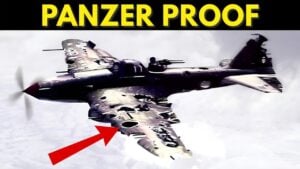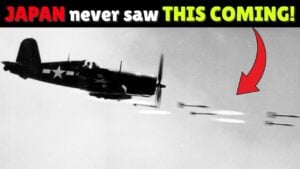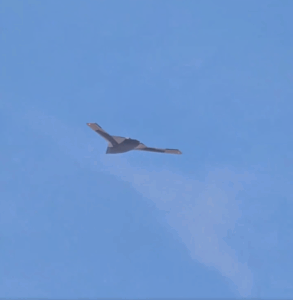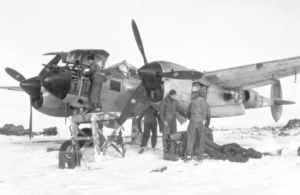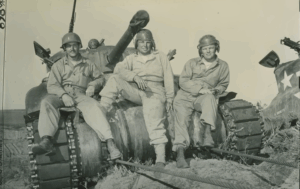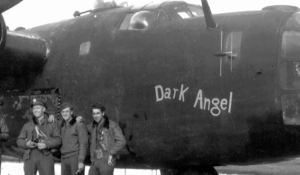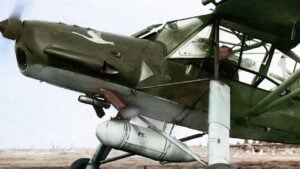Charles Bronson and other WWII Pilots Who Became Celebrities After the War
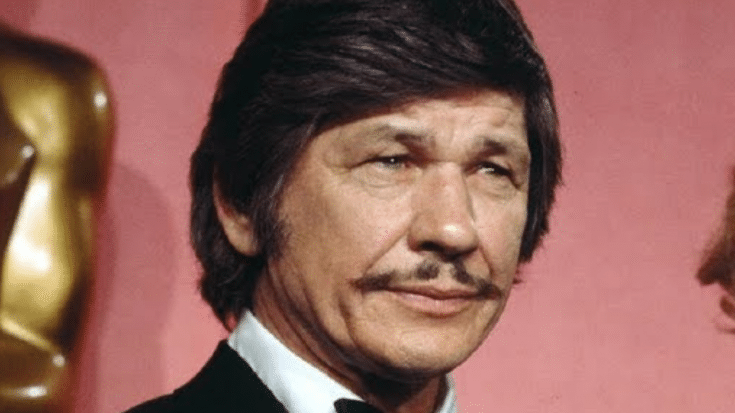
The Firewall / YouTube
World War II was a time of unparalleled global conflict, testing the courage and resolve of millions of men and women. Among those who served their countries in combat, several individuals emerged not only as heroes during the war but also as notable figures in civilian life. These men, who flew in some of the most dangerous wartime missions, later became household names in the worlds of film, television, and literature. Their military service shaped their character and paved the way for their remarkable postwar careers.
Charles Bronson
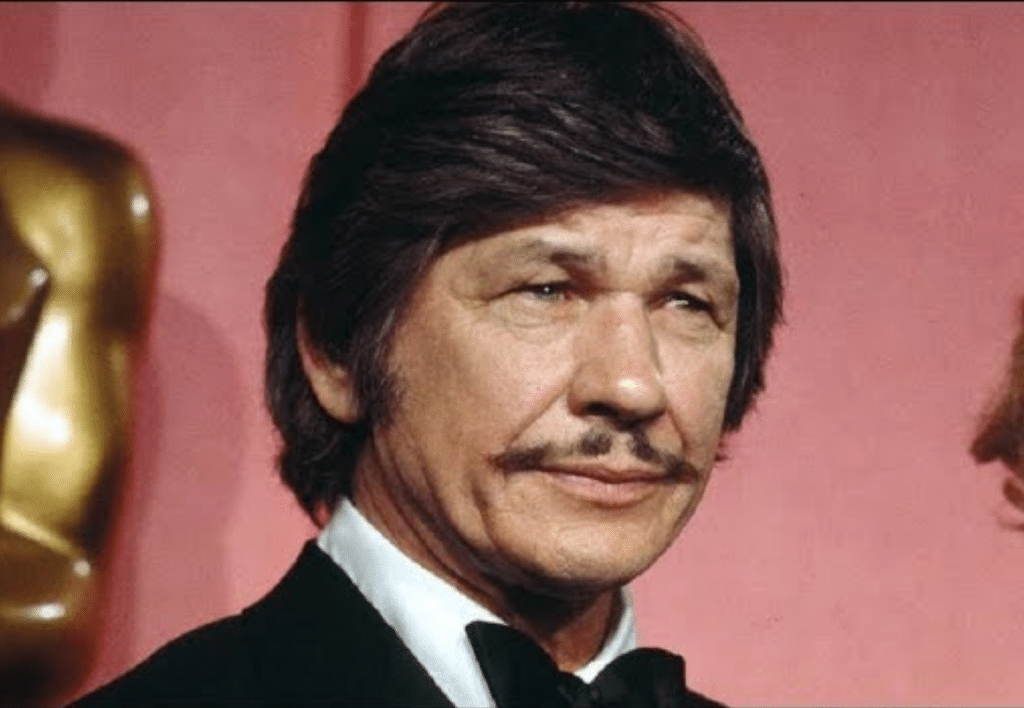
Charles Bronson, remembered for his iconic tough-guy roles in films such as The Dirty Dozen and Death Wish, built his reputation on his stoic demeanor and intense presence. Before his Hollywood career, Bronson—born Charles Buchinsky—served in the Army Air Forces during World War II. He enlisted in 1943 and trained as an aerial gunner in the 760th Flexible Gunnery Training Squadron. Bronson’s military service led him to the Pacific theater, where he joined the crew of a B-29 Superfortress with the 39th Bombardment Group.
During his time in the air, Bronson participated in 25 combat missions. These missions were grueling and perilous, often involving long hours over enemy territory and exposure to anti-aircraft fire. Bronson’s bravery did not go unnoticed. He was awarded a Purple Heart for injuries he sustained during one of his missions. This wartime experience, which demanded discipline and resilience, deeply influenced his later work as an actor. Bronson’s ability to portray characters hardened by life’s challenges reflected his own lived experiences during the war.
Clark Gable
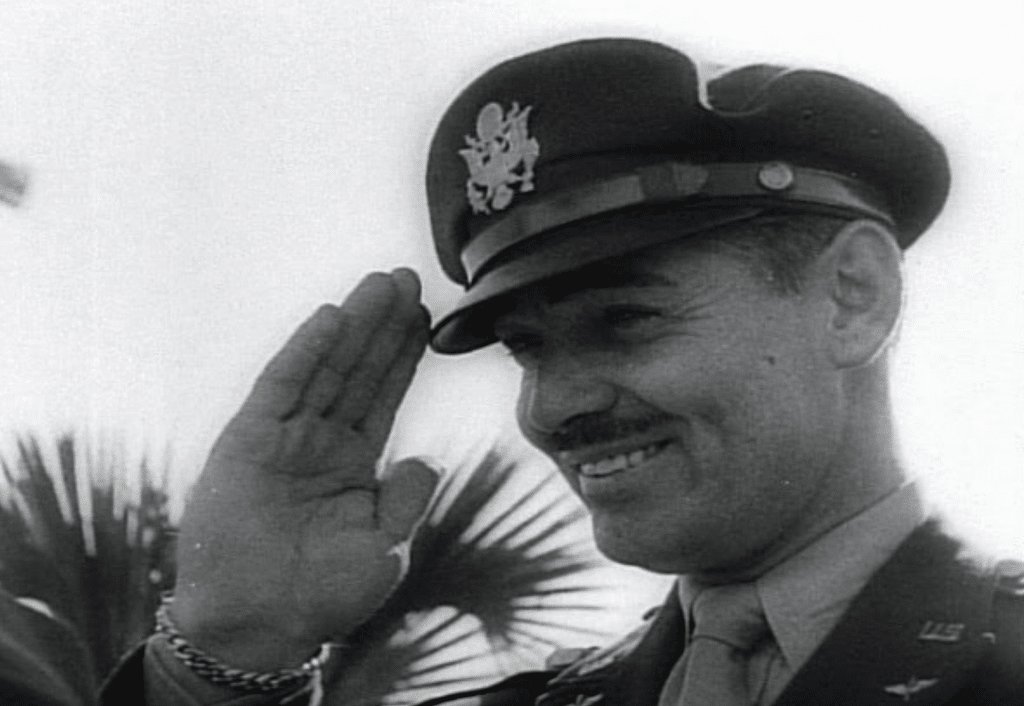
Clark Gable, one of Hollywood’s most celebrated leading men and best known for his role as Rhett Butler in Gone With the Wind, also served with distinction in World War II. Already a major star when the war began, Gable enlisted in the U.S. Army Air Forces in 1942 after the death of his wife, actress Carole Lombard, who had been a passionate supporter of the war effort. Gable joined as a bomber crewman and became an aerial gunner on B-17 Flying Fortresses, earning the rank of captain.
Gable flew five combat missions, including some over German territory. These missions were fraught with danger. On one occasion, his aircraft sustained heavy damage from anti-aircraft fire, which destroyed one of the engines and tore into the tail section. Another mission saw shrapnel from flak tear through Gable’s boot, narrowly missing his head. Despite the constant threats, Gable showed remarkable composure and determination. For his service, he was awarded the Air Medal and the Distinguished Flying Cross. After the war, Gable returned to Hollywood, where his wartime bravery only added to his legendary status.
Jimmy Stewart
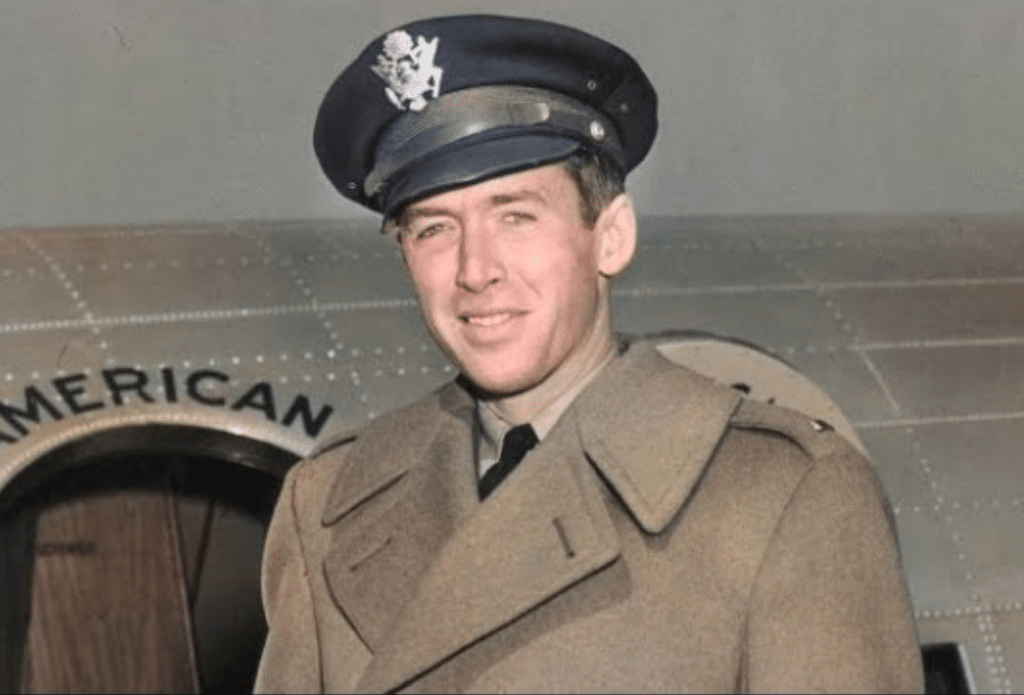
Jimmy Stewart, beloved for his roles in classics like It’s a Wonderful Life and Rear Window, was already a rising Hollywood star when he enlisted in the Army Air Corps in 1941. A licensed pilot before the war, Stewart used his aviation skills to serve as both a pilot and a leader. His military career was marked by steady promotions and significant responsibilities. In 1944, Stewart became the operations officer for the 453rd Bombardment Group, part of the Eighth Air Force, stationed in England.
Stewart flew 20 combat missions in B-24 Liberators, targeting heavily defended German industrial sites. His leadership extended beyond the cockpit, as he was later promoted to chief of staff for the 2nd Combat Wing. Stewart’s contributions were recognized with several decorations, including the Distinguished Flying Cross and the Croix de Guerre. After the war, Stewart continued serving in the Air Force Reserve, eventually reaching the rank of brigadier general. His military experience profoundly shaped his screen persona, often portraying characters who embodied integrity and quiet strength.
Joseph Heller
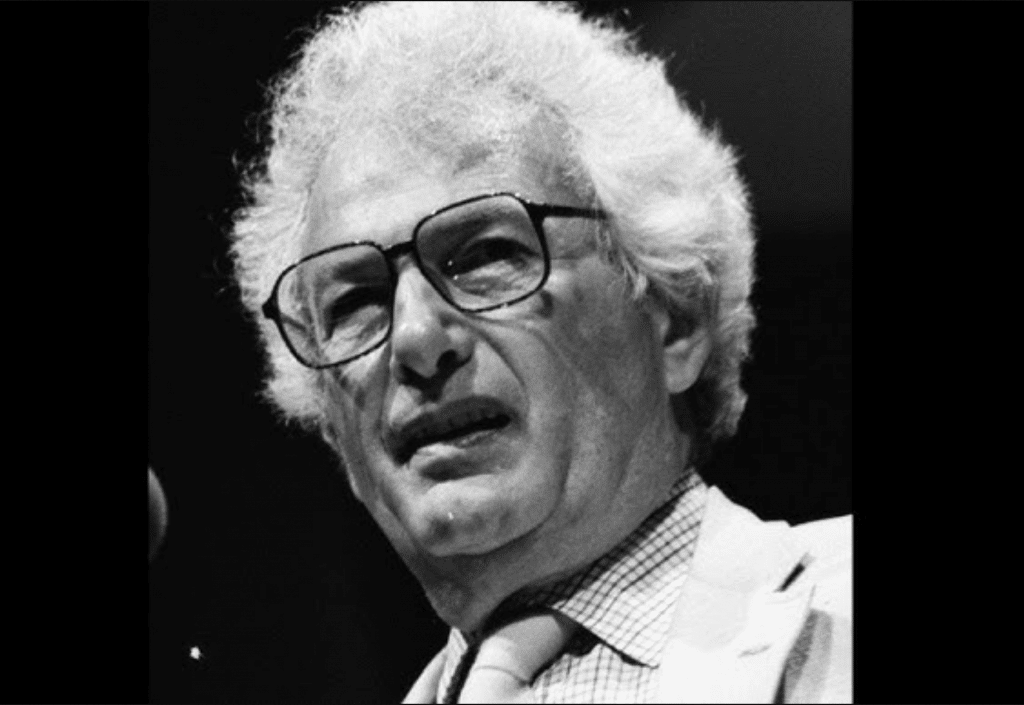
Joseph Heller, best known as the author of the groundbreaking novel Catch-22, began his journey as a wartime aviator. In 1942, at the age of 19, Heller enlisted in the U.S. Army Air Corps and was later trained as a bombardier. He was assigned to the 12th Air Force and stationed in Corsica, where he flew B-25 Mitchell bombers on missions over Italy and southern France.
Heller completed 60 combat missions, a remarkable number considering the high casualty rates among bomber crews. Early in his service, he found the experience exhilarating, driven by the camaraderie of his fellow airmen and the sense of purpose in fighting the war. However, the relentless danger and the loss of friends gradually changed his perspective. These complex emotions and experiences became the foundation for Catch-22, a satirical novel that explored the absurdity and contradictions of war. The book became a critical and commercial success, securing Heller’s place as one of America’s most significant postwar authors.
Ted Williams
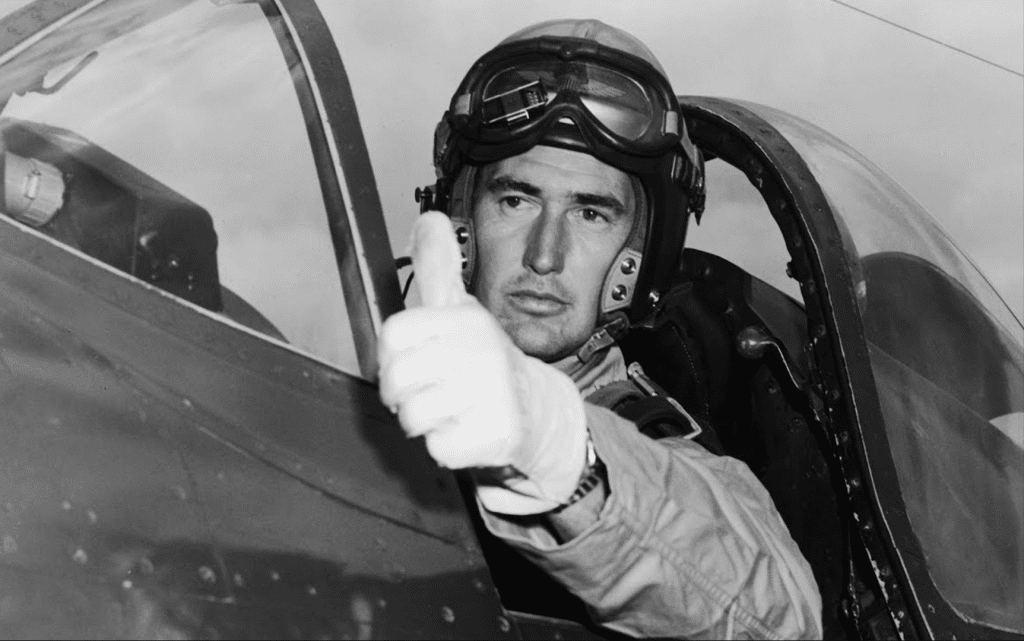
While best known as one of baseball’s greatest players, Ted Williams also served as a Marine Corps aviator during World War II. Williams’ athletic career was already in full swing when he enlisted in 1942. Initially assigned to flight training, he quickly distinguished himself as a skilled pilot. Williams completed his training in Pensacola, Florida, where he earned his wings and became a second lieutenant.
Although he did not see combat during World War II, Williams was prepared to fly the Grumman F4F Wildcat and the Vought F4U Corsair. His military career continued into the Korean War, where he served alongside another famous aviator, John Glenn. Williams’ commitment to service, despite his success on the baseball field, reflected his dedication to his country. His time as a pilot showcased his discipline and focus, traits that also defined his approach to sports.














